Content
The Krasnaya Gvardiya variety was bred by the Ural breeders and was registered in 2012. The tomato is early ripening and is used for growing under cover in regions with cold climates.
Below are the characteristics, reviews and photos of who planted the Red Guard tomato. The variety is suitable for growing in the middle lane, the Ural and Siberian regions. These tomatoes are prized for their unpretentiousness, disease resistance and unfavorable conditions.
Description of the variety
The Red Guard bush has a number of features:
- superdeterminate variety;
- early ripening;
- 65 days pass from the moment of planting to harvesting;
- lack of stepchildren;
- increased resistance to diseases, pests and low temperatures.
According to the photo and description, the Red Guard tomatoes have the following characteristics:
- rounded shape;
- there is a slight ribbing;
- the number of seed chambers - up to 6 pcs.;
- when ripe, the fruits become bright red;
- the average weight of a tomato is 230 g;
- sugary and homogeneous pulp.
Variety yield
2.5-3 kg of fruits are removed from one bush of the Red Guard variety. The transportability of tomatoes is estimated at an average level and ranges from 25 days.
The fruits of the variety are used for fresh consumption, as well as ingredients for salads, soups and side dishes. As evidenced by the photo and description, Red Guard tomatoes are suitable for canning whole or cut into pieces.
Landing order
Tomatoes are grown in seedlings, which involves planting seeds at home. After two months, young plants are transferred to open areas or under cover. It is allowed to plant seeds directly into the soil, then the ripening period of vegetables will increase significantly.
Seedling preparation
Tomato seedlings begin to cook at home. For this, soil is taken, consisting in equal amounts of garden soil and compost. It is allowed to use purchased mixtures intended for the cultivation of this crop. If soil from the site is used, then it must be calcined in the oven for 15 minutes.
To disinfect the material, it is recommended to place it in Fitosporin solution in an hour. If the purchased seeds are painted in a bright color, then they do not need processing.
The soil is poured into shallow containers up to 15 cm high. The seeds are embedded in furrows to a depth of 1 cm and covered with earth. To accelerate the germination of tomatoes, it is recommended to keep containers in a dark place at a temperature of 25 degrees.
During the development of seedlings, lighting is provided for 12 hours. Watering of tomatoes is carried out periodically.
Planting in a greenhouse
In greenhouse conditions, Red Guard tomatoes give a higher yield and are protected from adverse weather conditions. It is recommended to prepare the soil for planting in the fall. The top layer of soil (about 10 cm) is removed, since it often contains insect larvae and fungal spores.
In the spring, the soil is dug up and compost is added. Plants are transferred to prepared wells. Their depth is 20-25 cm so that the root system can fit.
Since this variety is compact and short, it does not require a lot of space for normal development. After planting, the tomatoes are watered abundantly.
Landing in open ground
Two weeks before planting in open areas, they begin to harden the tomatoes. To do this, they are transferred to a balcony or loggia for several hours. Seedlings should be protected from drafts. Gradually, the period of stay of tomatoes in the fresh air increases.
Tomatoes grow best in areas where legumes, cucumbers, turnips, cabbage, rutabagas, and onions were previously located. After tomatoes, re-planting of this culture is possible no earlier than three years later.
The soil for tomatoes in open areas begins to be prepared in the fall. It is carefully dug up, the remains of plants are removed, and compost is added.
Tomatoes are placed in recesses along with an earthen clod, covered with soil and watered abundantly. Plants are recommended to be placed at a distance of 40 cm from each other.
Tomato care
The Red Guard tomato is distinguished by its unpretentious care. Fruit ripening is carried out even under unfavorable conditions: low temperature and lack of light. Due to the early ripening of the crop, these tomatoes are rarely affected by fungal diseases.
The Red Guard variety is looked after by adding moisture and dressing. The plant is undersized and does not require frequent pinching. The bush is formed into three stems, the extra runs are carefully broken off by hand.
It is recommended to tie tomatoes to simplify maintenance and prevent the fruit from touching the ground. Each bush is equipped with a support made of metal or wood. Tomatoes are tied up at the top.
Watering plantings
Red Guard tomatoes need moderate watering, which is achieved by weekly application of moisture. In drought conditions, tomatoes are watered every three days.
About 4 liters of moisture is introduced under the bush. The soil moisture level is maintained at 85%. However, the air must remain dry, which in greenhouses is provided by ventilation.
When fruits ripen, tomatoes are watered twice a week. At the same time, do not use too much water so that the fruits do not crack. When the tomatoes start to turn red, watering is reduced to once a week.
Water for irrigation is collected in barrels. When it settles and heats up, it is used for its intended purpose. Moisture should not get on the green parts of the plants, which often causes burns. It is poured strictly under the root of the plants.
Fertilization
In the presence of fertilizing, the Red Guard tomato develops normally and gives a good harvest. Plants are fed several times per season. It is recommended to alternate between different types of dressings.
After planting tomatoes, the first fertilization is carried out after 2 weeks. At this stage, planting is fed with a solution of urea (1 tablespoon per bucket of water).
A week after nitrogen fertilization, potassium and phosphorus should be added. For 10 liters of water, dissolve 30 g of potassium sulfate and superphosphate. Fertilizer is applied by watering. Ash, which is embedded in the ground, will help to replace mineral fertilizers.
From natural remedies, yeast feeding is considered effective. This fertilizer promotes the development of tomatoes, suppresses harmful microorganisms and helps the beneficial bacteria grow. It is used in the summer, when positive temperatures are established.
Yeast fertilizer is obtained from brewer's or baker's yeast. For 10 liters of water, take 0.1 kg of yeast, after which the mixture is infused. Sugar or old jam helps to speed up the fermentation process.
During the fruiting period, you can feed the tomatoes by spraying. For 10 liters of water add 1 tbsp. l.superphosphate granules, it is necessary to spray the plantings on the sheet.
Gardeners reviews
Conclusion
The Red Guard variety is distinguished by early maturation and unpretentious care. Tomatoes grow short, are compact and do not require pinching. Variety care includes regular watering and top dressing several times per season.
Red Guard tomatoes are suitable for transportation, homemade preparations, cooking various dishes. The variety is rarely exposed to diseases, which can also be avoided by proper agricultural technology.
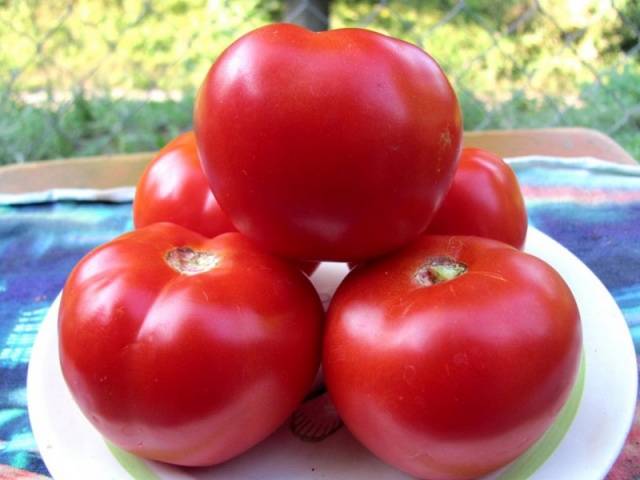
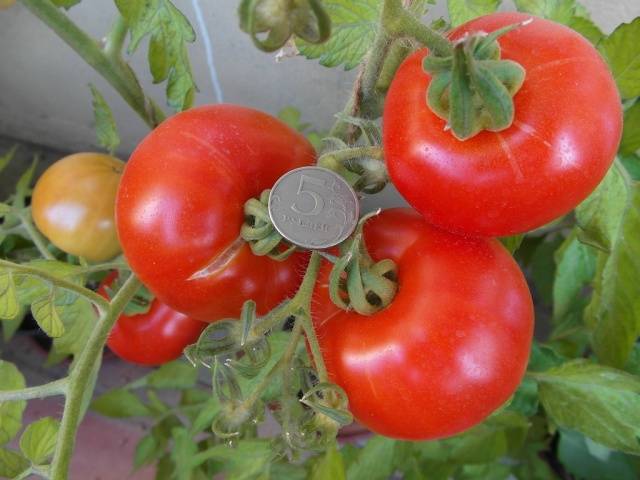
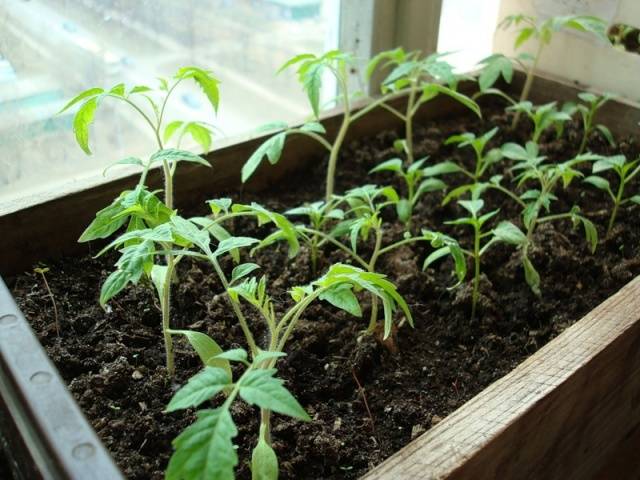

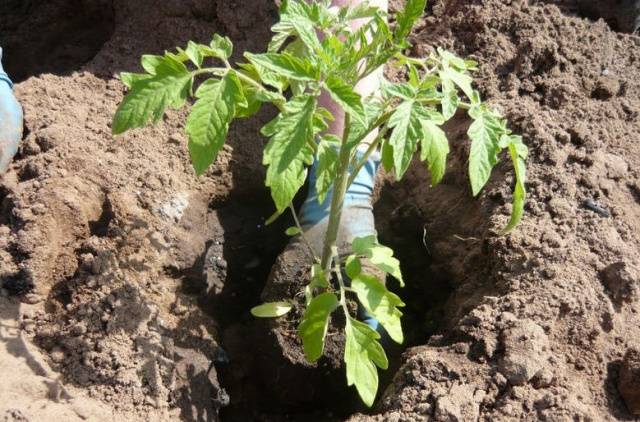
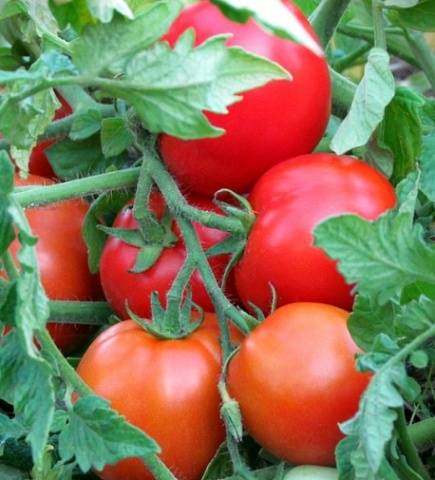
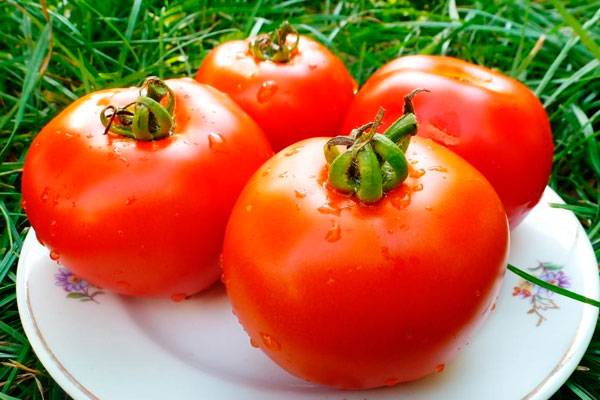
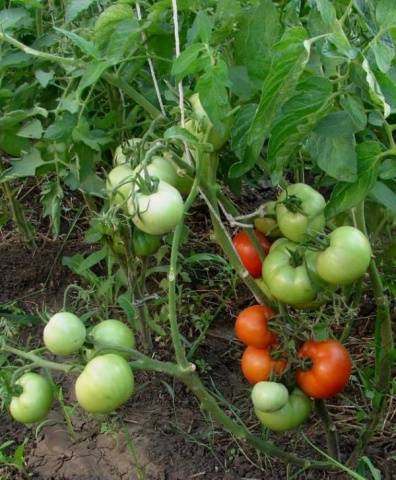
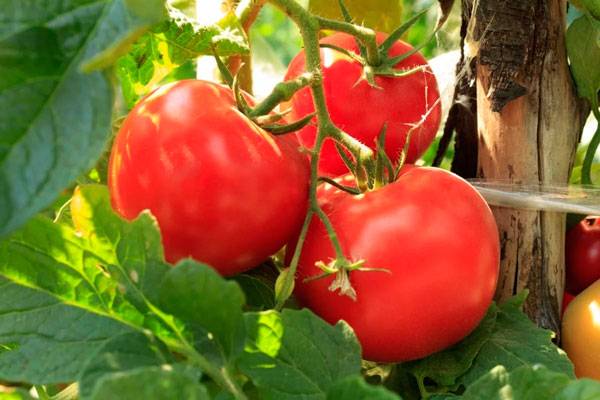









The author of the article is lying. At the "Red Guard", a flower brush appears above 7-8 leaves.
For this reason, it cannot belong to the group of superdeterminant varieties.
Also, the fruits of this variety are prone to cracking. This disadvantage is shown in the photo with 5 rubles.
Good day! I would like to clarify the situation. Have you grown this variety, and are you writing based on personal experience? We will be glad if you share your impressions with us.
Regarding the type of variety, I can tell you the following. The source of the article was the description of the Krasnaya Gvardii variety produced by the Siberian company Zolotaya Sotka Altai. However, if you carefully compare the seeds of the same variety from different producers, you will find several differences. This can be the term of fruiting, and the type of tomato (superdeterminant, determinant), and even the shape of the fruit. I have noticed this discrepancy for a long time.
In addition, the Siberian company specializes in zoning varieties to improve quality characteristics. In this case, some indicators may also undergo some changes.
Relative to the resistance of the variety to cracking. The manufacturer guarantees that the Krasnaya Gvardia tomato variety is resistant to cracking. And we take his information on faith. But sometimes (you yourself know this), there is a banal discrepancy between what is written on the package and what is received in the end. Even a re-grading, alas, is not uncommon.
And further. I would like to mention that there are cases when the rules of care are violated during cultivation. Waterlogging and violation of the rules and norms of feeding can cause cracking of tomatoes, even if the variety is highly resistant. We wish you rich harvests!